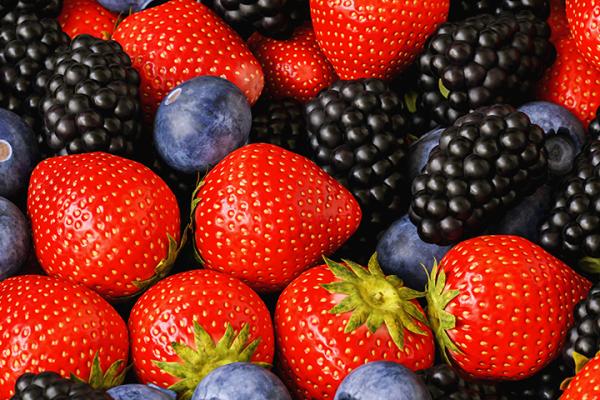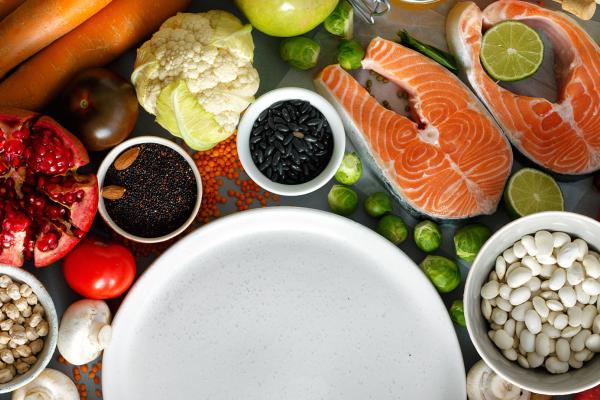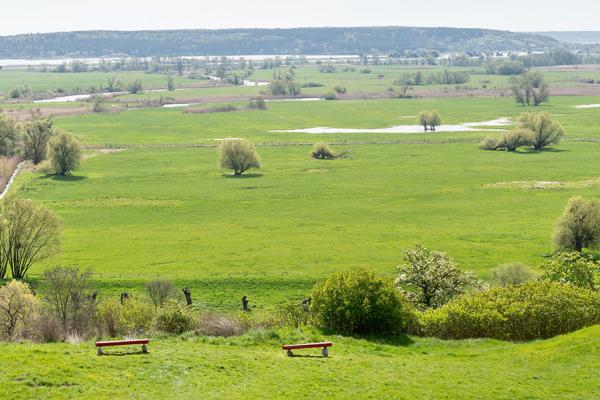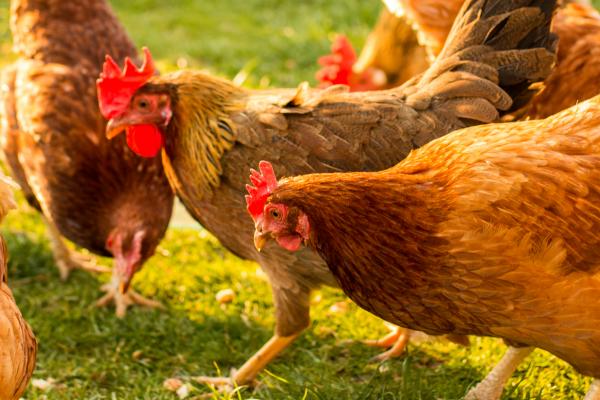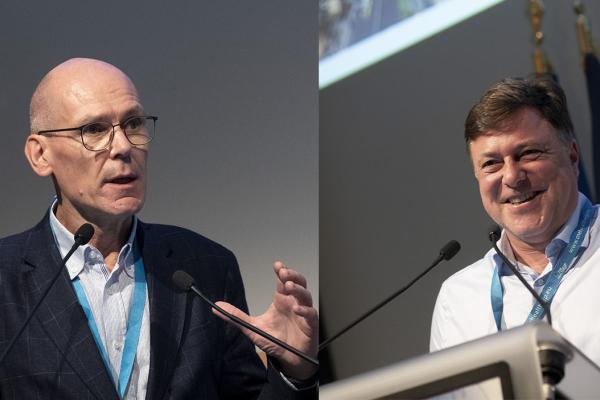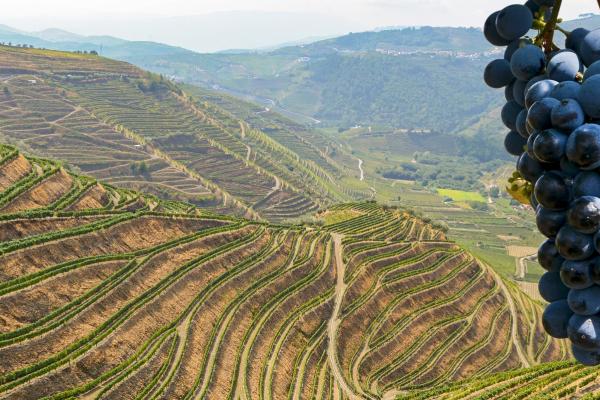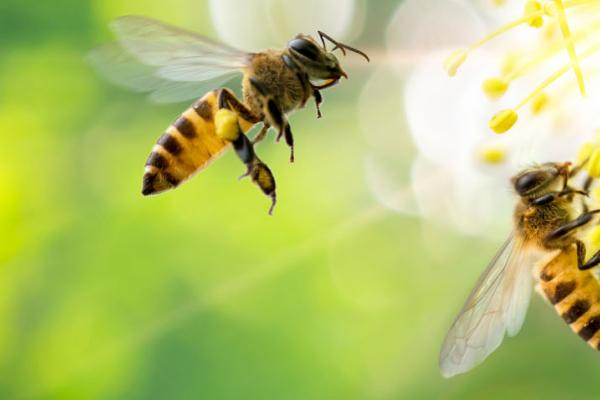Research is helping strawberries and raspberries become more resilient to climate change and snacks become healthier.
As the environmental and economic costs of industrial farming grow, so do opportunities to spur an ecological change.
Consumer demand in the EU is growing for more sustainable food production.
In addition to generating clean energy, sea locations with turbines could be used to grow mussels, oysters and seaweed.
Making diets kinder to the environment and better for people’s health requires root-and-branch changes in production and consumption.
Better use of grass-covered areas across the EU can protect nature and strengthen agriculture.
EU researchers are examining how bacteria, fungi and other microorganisms could boost the health of both plants and animals.
Understanding the deep connections among human, animal and environmental health is more important than ever, according to the two heads of a groundbreaking EU research project.
Europe is seeking to use emissions and residues from winemaking for new products ranging from animal feed to antibiotic alternatives.
EU researchers are turning to the world’s top pollinator in an attempt to reverse biodiversity loss and help fruit growers.





